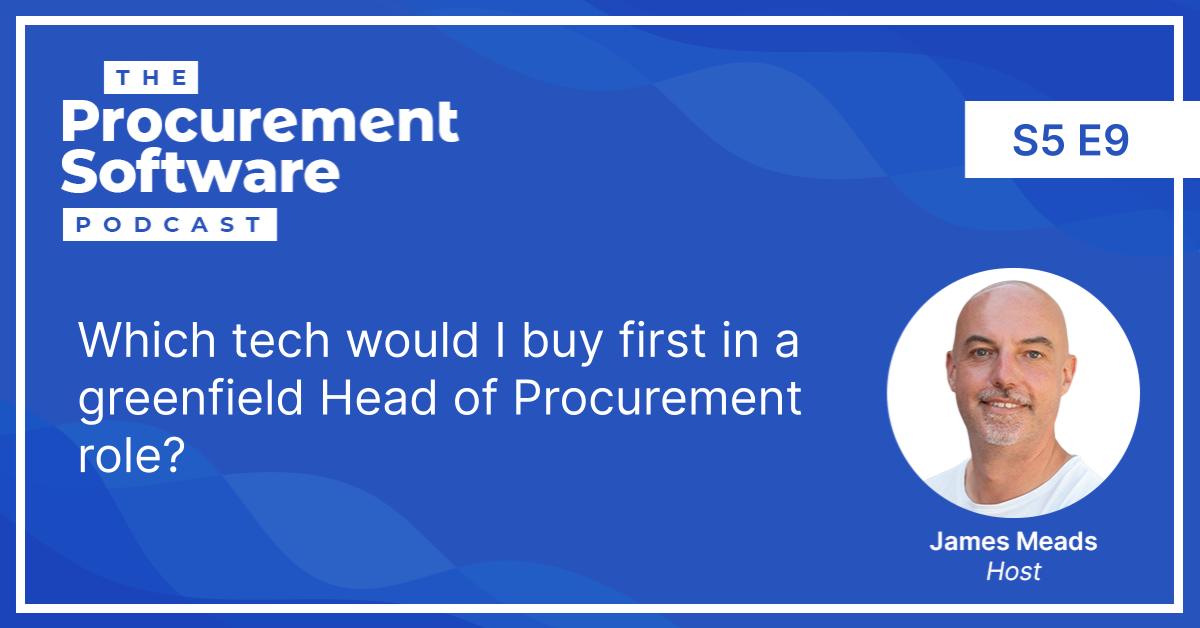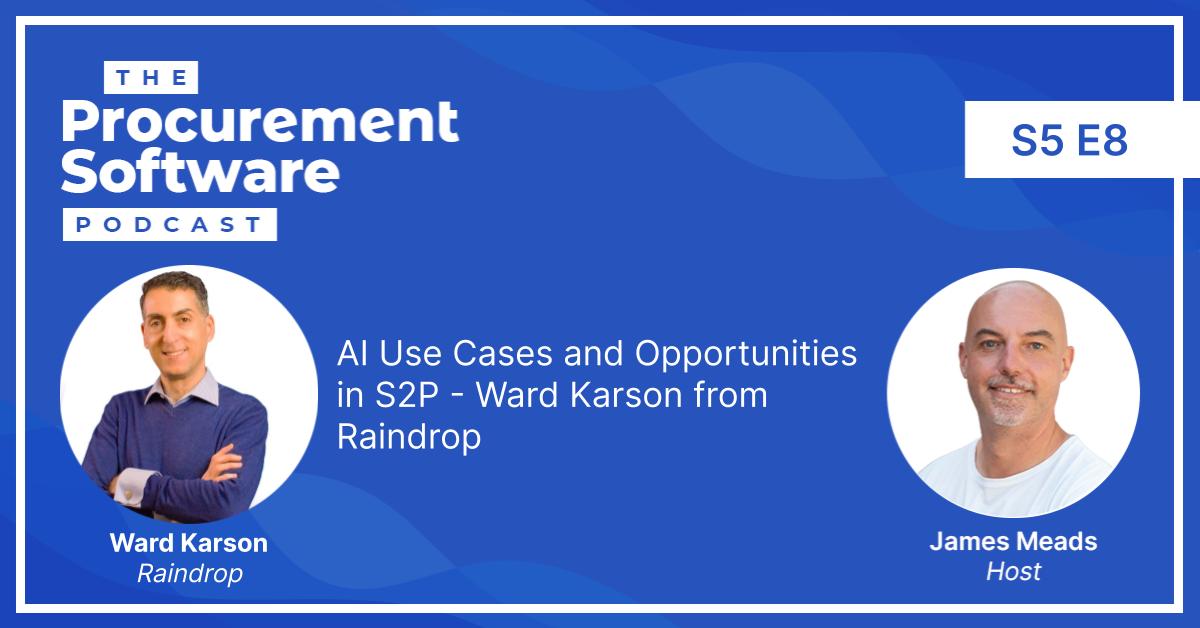This week we kick off a mini-series of 5 podcasts on e-sourcing software.
On the one hand, this is a mature market, with lots of established players. Indeed, many of the larger suites started out as auction platforms back in the day.
But this is now being challenged by fresh thinking and new technology, especially as businesses realise that there are way more possibilities to drive value here than just through a traditional e-auction platform.
First up, we welcome Tim Grunow and Lukas Wawrla from Zurich-based startup Archlet to the podcast.
Leveraging E-Sourcing to Consider Non-Price Factors – Lukas Wawrla & Tim Grunow from Archlet
Archlet began as a university project, and has since developed into a startup with over 30 employees, which recently secured $10 million in Series A funding to continue its path of impressive growth since inception in 2019.
Tim explains how they grew quickly to learn about supporting a client on a packaging sourcing project during a university consulting assignment, and how this ultimately became the spin-off that then became Archlet.
Why are companies still using Email and Excel, with so many e-sourcing tools already out there?
Lukas argues that perhaps it’s flexibility.
The tools are not versatile, flexible or user-friendly enough to facilitate an end-to-end sourcing event completely within platform. At some point, sourcing managers get stuck or frustrated with the tool and revert back to form, which means going offline and using Excel to analyse the data from their tenders.
We talk about re-thinking procurement tools starting with the user first and explore a great graphic that I came across when I was on Archlet’s website, all about Procurement’s digitalisation journey:
If we consider e-sourcing, there are 5 stages:
Stage 1 – 100% Email and Excel based
Stage 2 – Supported by technology i.e. using an e-sourcing tool as a repository to collect bids or run e-auctions, but then the analysis and post-event requirements are typically done off platform; often then offline in Excel.
Stage 3 – Optimisation: The ability to perform the end-to-end event, including supplier onboarding, event management, post-event analysis and negotiation completely within the e-sourcing platform
Stage 4 – Guided Sourcing: How you could use the tool to create your scenarios to get to your desired outcomes faster? Leveraging external data as part of this to augment and complement the data in a sourcing event.
Stage 5 – Autonomous Sourcing: Completely autonomous. Will we ever get there? This is the blue sky scenario!
So, how can we avoid post-event deferment to Excel?
Focusing on the USER as a key USP, instead of being driven by features and process.
Many existing e-sourcing tools are seen as being process-centric. Archlet have focused on “consumerising” the approach.
They see the key as being feature-rich enough to offer the value that other tools can’t offer, but at the same time have user-friendliness and ease-of-use at the heart of the product.
Their trick that they have up their sleeve is using external data sources from other third parties to add value to and enhance the e-sourcing data, enabling users to incorporate this into their supplier selection process during a sourcing event.
Leveraging non-price and external data factors into the sourcing decision
Tim and Lukas walk us through their strategy of having tools integrated into their platform that cover other non-price related aspects of an e-sourcing event.
Archlet recently partnered with existing tech offered by Tealbook and Ecovadis for example, which can be integrated into their e-sourcing process and their data leveraged to add this into the native data that is returned as part of the e-sourcing event.
The opportunity to have additional know-how that you don’t necessarily have directly from your suppliers with the responses that they give.
Having this data in your decision-making and your post tender discussions will enable more meaningful negotiations and follow-up conversations moving towards making a final sourcing decision.
Are stakeholders more engaged in sourcing events if they see events being less focused on price?
Tim gives an example of a reference customer, who as a part of their Procurement Excellence team has someone in charge of game theoretical processes when it comes to negotiation design.
This person is much more involved in getting involves with buyers to help them use data to structure their negotiations. They can look at many different parameters now, both price and non-price, to design that negotiation before they go into battle with their suppliers post-tender.
Having this approach has facilitated a more collaborative engagement with stakeholders during and after sourcing events.
Stay in touch!
- Connect with Tim and Lukas on LinkedIn
- Archlet website
- Sign up for the Procuretech Podcast Newsletter
- Book an Intro Call and let’s talk all things Digital Procurement!
- Connect with James on LinkedIn
- Follow The Procuretech Podcast LinkedIn Page


